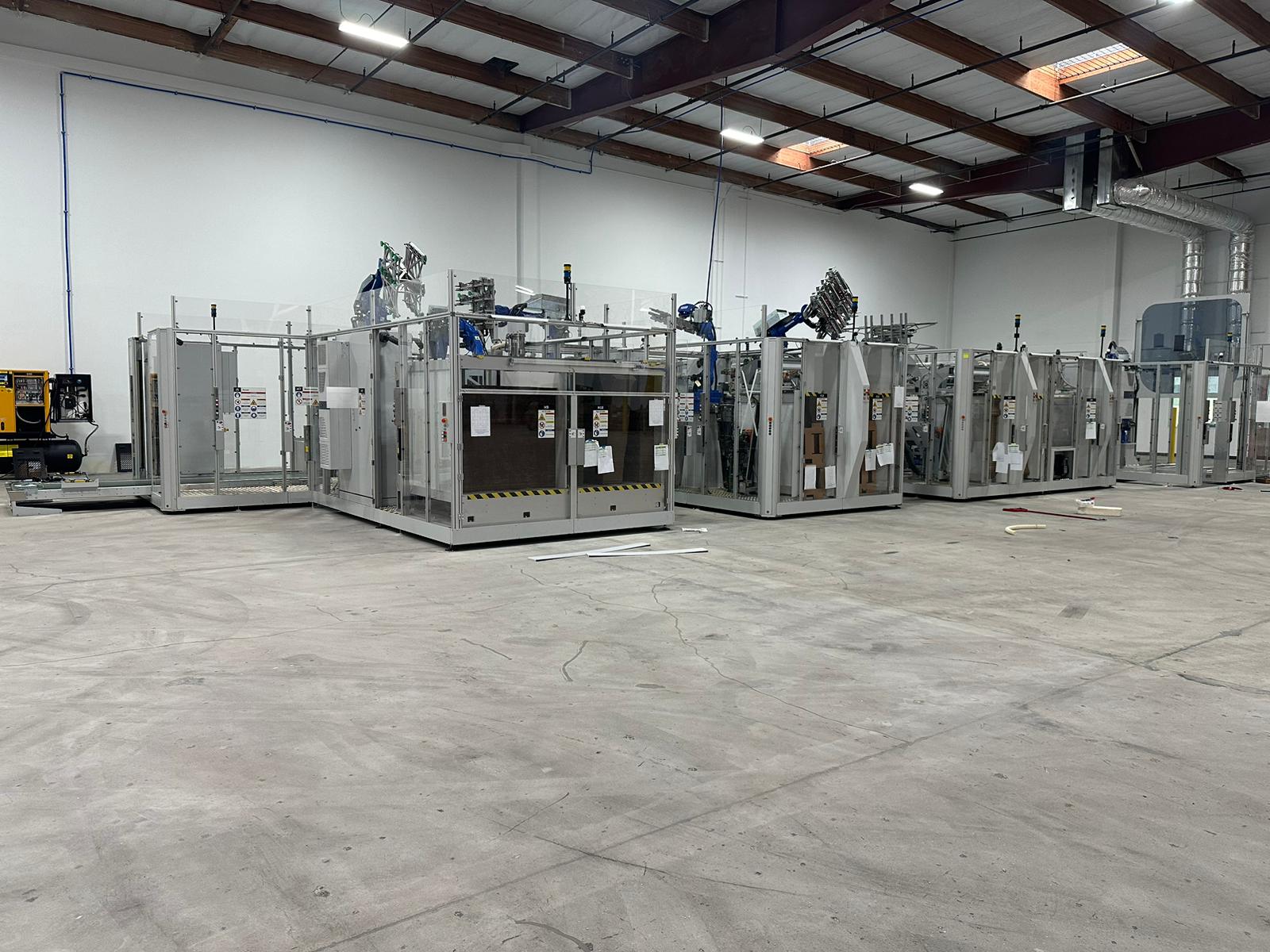
According to a study by Fredonia Group, global demand for traditional wooden pallets is expected to reach 5.8 billion wooden pallets in 2024, of which 68.4% will be new pallets. That's 3.9 billion new wooden pallets. 255 million trees will have to be cut down to make them. Imagine that 478,097 soccer fields of forest will have to be cleared. About 43 million animals will be affected because they may lose their natural habitat. And the biggest problem is that 2.5 million tons of CO2 storage capacity will be destroyed and 19 million tons of CO2e will be released into the air just to make those wooden pallets.
Did you know that a wooden pallet consists of 78 nails, and each nail weighs about 0.79g. 240,000 tons of steel could be used for other purposes and help reduce the global steel shortage. It is also important to remember that a nail takes between 65 and 75 years to decompose in the soil (depending on the acidity of the soil).
The projected global demand for one-way wooden pallets is expected to reach 1.3 billion units. Let us imprint this information into our subconscious. 1.3 billion wooden pallets will be thrown away or left out in the rain where fungi and microbes will accumulate. This is because they only go in one direction and people do not know what to do with them. Imagine you live in Manhattan in a 30-story building and you just ordered a kitchen appliance that you received on a 25-pound wooden pallet full of splinters. And your elevator is out of service that day because it's being serviced. Plus, the wooden pallet will not fit in your car, so you can not drive it to the wood pallet scrap yard or to a depot.

If just one-third of wooden pallets were replaced with KraftPal corrugated pallets, it would be a huge win for the environment. 71 million trees would be saved, which is 28% fewer trees cut down. Every year there would be 135,752 more soccer fields of forest. 3.39 million tons of Co2e, or 17% less in the production phase, would be released into the air.
13 million animals would be saved, and most importantly, 0.72 million tons of CO2 sequestration capacity would be preserved. Growing trees extract water from the soil and release it into the atmosphere. The leaves of trees also act as catch basins, capturing falling rain, which then evaporates and falls elsewhere as precipitation - a process known as evapotranspiration.
Climate change and the carbon footprint are real. The World Health Organization has found that 3.8 million people die each year as a result of air pollution. At KraftPal Technologies, we'd like to put a stop to that, but we know it's a big challenge. We may not be able to stop air pollution altogether, but we can certainly curb it, with the help of companies willing to switch from standard wooden pallets to the more sustainable KraftPal corrugated cardboard pallets.

In addition, the world's five largest seaports (four of which are in China and the second largest in Singapore) together handle about 160 million shipping containers per year. If you roughly assume that a 20-foot container has the capacity of 20 wooden pallets, which is equivalent to a pallet weight of 500 kg, and multiply that by 160 million containers, the number on the calculator almost adds up to an error. There are so many other multiplier effects, such as reducing air pollution. Our corrugated pallets are 80% lighter, which means we can reduce the negative environmental impact of each shipment by 80%. In the world of shipping, where Amazon emitted nearly 72 million tons of carbon dioxide last year, a 40% increase in just three years, KraftPal offers this great environmental benefit.
So if anyone is wondering why they should partner with KraftPal, the answer is simple. With us, you can reduce your environmental footprint. You can reduce your pallet costs. You can achieve additional supply chain savings. KraftPal technologies are a global pallet partner. With us, you can help our planet and its people. One pallet at a time.




































































